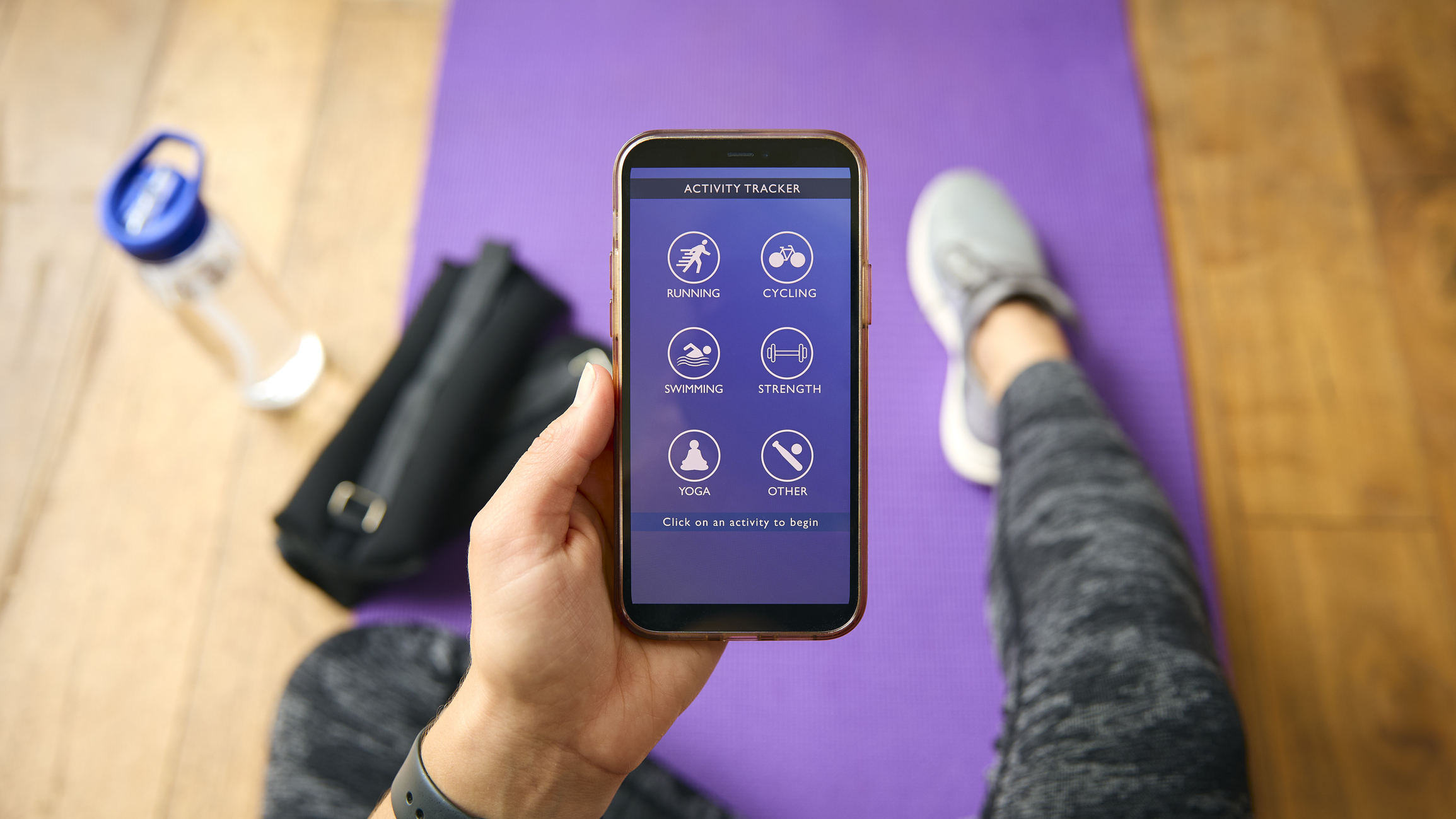For young researchers, the excitement of publishing is often overshadowed by the questions “Will my work reach a wider audience, or will only a handful read it?” and “If my work is read, will the impact of my work be understood by the reader?” Such concerns can propel students and young professionals to seek innovative strategies for communicating their work effectively and explore personal branding possibilities.
The landscape of science communication has evolved significantly over the years. While traditional print journals and magazines once held the main stage, the digital age provides new communication tools to disseminate our findings. The possibilities are endless, from social media to podcasts, blogs to videos. Embracing these mediums allows us to transcend disciplinary boundaries and engage with a diverse audience of professionals and enthusiasts.
In our field, utilizing creative, novel strategies of communicating science can be transformative for the active researcher. Science communication is more than broadcasting our discoveries to the masses; it is also about integrating branding and design to make science relatable and appealing to a general audience and study participants. If done effectively, this can expand your network of professional contacts and colleagues, as well as create unique future professional opportunities.
Consider these specific strategies to amplify your work:
Create personal and study branding. Forge a distinctive brand to position yourself as an expert in your field and build your credentials. Move beyond traditional lab branding by crafting unique identities for your studies. Create logos, choose brand colors and maintain consistent design elements across communication channels. The aim here is to enhance participant and audience engagement, fostering familiarity and approachability. Remember, research can be overwhelming for people looking in from the outside. Well-designed branding transforms complex studies into visually appealing and less intimidating entities.
Develop a centralized website for your research or portfolio. Create a dedicated website as a central hub for your studies or professional portfolio. Incorporate your personal or study brand assets into the site. For research-focused websites, you can provide comprehensive resources such as study details, essential links for participants, a calendar to schedule lab visits, lab location maps and relevant publications. Learning about someone’s research line for the first time may be overwhelming, but a well-organized website streamlines participant engagement and offers a cohesive experience. Alternatively, you may choose to promote your research, case studies and career achievements in portfolio format. A personal website is a potent tool for showcasing expertise, surpassing the limitations of a CV and even professional social media profiles.
Think outside the box using video and audio in new ways. Embrace video and audio to improve outreach efforts. Explore new avenues in social media, vertical-form video content, interviews, podcasting, explainer videos and others. Collaborate with motion designers, video editors and illustrators to infuse creativity and uniqueness into your work, elevating its visibility in the digital sphere. With video emerging as a dominant mode of communication across social platforms, leveraging multimedia content enhances engagement and expands audience reach.
Incorporating creativity and good design into academia isn’t just a novelty; it’s an emerging necessity. In my journey, integrating these aspects has been crucial for crafting engaging narratives and storytelling. As emerging experts in our fields, it is critical to harness that power and amplify our voices by incorporating innovative communication strategies to attract the public and invigorate the scientific community.

Anaissa Ruiz Tejada, Ph.D., is a social media editor for Medicine & Science in Sports & Exercise® (MSSE) and a multimedia intern for Scientific American. Her digital content work and branding is housed at shethescientist.com and @shethescientist across all social media platforms.




